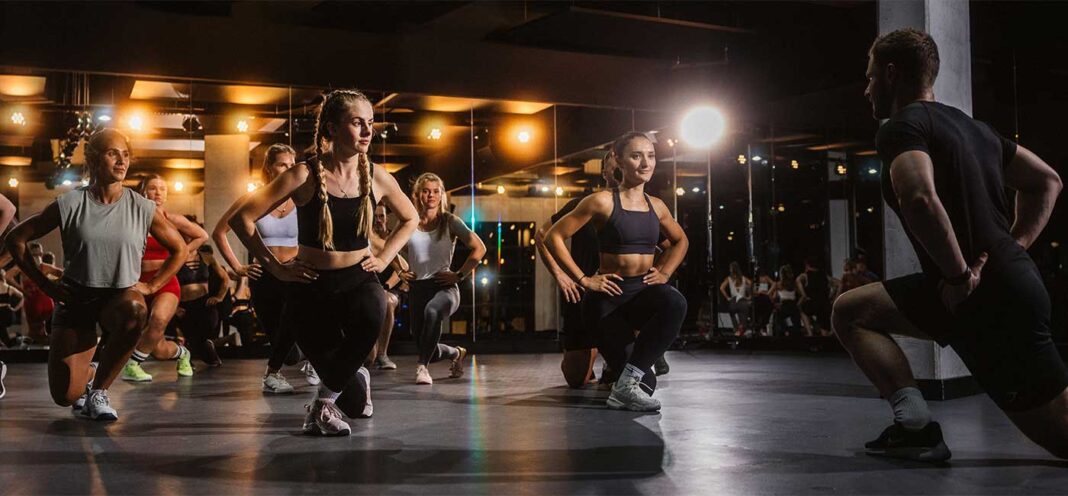Everyone talks about their leg day—the workout that really makes your legs and bum burn and your muscles grow. But how intense is your workout really? With these unilateral exercises (where you train one leg first, then the other), you can set new training stimuli and bring even more intensity to your leg training.
One reason for this is that your legs are generally not equally strong. During unilateral exercises, your less strong leg is no longer supported by the dominant side, so differences between the sides can be balanced out. In addition, you can move more weight relative to each leg than with bilateral exercises such as the classic back squat or deadlift, resulting in more effective strength building during leg training. This is known in science as the bilateral deficit. Michael Boyle, a US expert in strength and conditioning, defines the bilateral deficit as “the difference between the sum of the actions you perform with your left and right limbs and the weight you can lift bilaterally.” According to a meta-analysis that included data from 785 participants, while you train one side, the other is also stimulated. This is particularly interesting when starting training after an injury.
You can find out more about the benefits of unilateral training here, but for now, let’s move on to five intensive single-leg squat exercises that you should definitely try out.
You can adapt all exercises to your fitness level and decide whether you want to use dumbbells or kettlebells, or whether you want to train with your body weight.
#1 Split Squats
The classic split squat may already be part of your training. If not, it’s high time to add it to your workouts. Start in an upright position, step back with your right leg, and bend your knee to bring the right leg towards the floor. Push yourself back up over your front foot.
Muscles: Thigh muscles with a focus on leg extensors, gluteal muscles
Note: Shift your weight onto your front leg. Contrary to the old fitness myth, you can push your knee slightly over your toes. Make sure that your knee remains stable and does not bend inwards.
#2 Reverse Lunges
In this variation of the lunge, you perform the same movement as the classic split squat. However, after each repetition, you return to your starting position. This trains stability and balance more intensively than the split squat, as well as your strength endurance.
Muscles: Thighs with a focus on hamstrings, glutes
Note: If you lose your balance, slow down. If the exercise is part of your strength training, it is important to perform it correctly, not quickly.
#3 Lateral Squat
Again, start standing. Take a big step to the side with your right leg. Your feet are in a line, toes pointing slightly outwards. By bending your right knee and straightening your left, you perform a side lunge. Return to your starting position and switch sides, or, for more intensity, do all the repetitions on one side and then the other.
Muscles: Thighs with a focus on adductors, glutes
Note: Keep your back long and your core engaged.
#4 Curtsy Lunges
This exercise also starts in an upright position with your core tensed. With your right leg, take a step diagonally behind your standing leg. Bring your back knee towards the floor and bend your front knee by about 90 degrees, keeping your upper body upright. Use your front foot to push yourself back to your starting position and repeat the movement.
Muscles: Thigh and glute muscles
Note: Pay attention to the stability of the knee of the standing leg.
#5 Step Ups
Stand in front of a weight bench or plyo box. Step onto the bench with your right foot and push yourself up over it. Step back to the floor with your left foot. Here, too, you can either alternate sides or really make your muscles burn by training one side and then the other.
Muscles: Thighs and glutes, core
Note: Optionally, you can perform the exercise with dumbbells or kettlebells as additional weight in front of your chest or with a firm grip next to your body.

